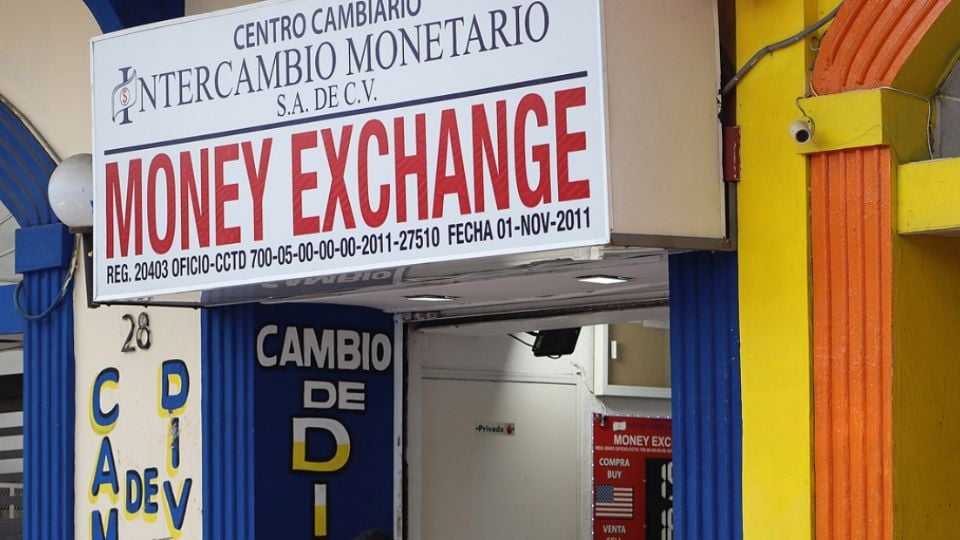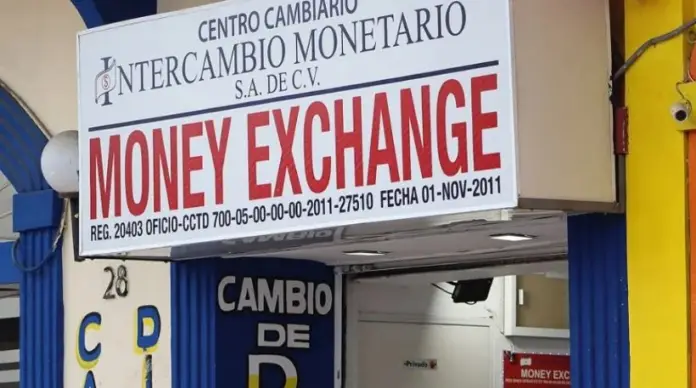
Remittances received by Mexico, mostly from the United States, have been increasing considerably, especially since the pandemic, and it is estimated that more than 7% correspond to drug trafficking profits, and in particular to the fentanyl that Los Chapitos send to the neighboring country to the north.
According to the accusation in the United States against Los Chapitos for fentanyl trafficking, which Latinus reviewed, the different mechanisms used by this faction of the Sinaloa Cartel to repatriate their profits are established, among which are money transfers.
In the accusation against Iván Archivaldo Guzmán Salazar and his brother Jesús Alfredo Guzmán Salazar, both sons of Joaquín “El Chapo” Guzmán, among others, filed in the Southern District Court of New York, the different ways in which fentanyl profits reach Mexico are established.
The indictment focuses on the production and trafficking of fentanyl by the Sinaloa Cartel and there are 23 defendants in total, including Julio Marín González, Mario Alberto Jiménez Castro alias “Kastor” and Sergio Duarte Frías.
The defendants, according to the document, “are money launderers for the Cartel who, in addition to participating in fentanyl trafficking, are responsible for facilitating the movement of fentanyl proceeds from the United States to Mexico through, among other methods, bulk cash transportation, wire transfers, trade in goods and cryptocurrencies.”
The 23 members of the criminal organization included in the complaint are also accused, as part of the conspiracy to launder money from fentanyl proceeds, of transporting, transmitting and transferring funds and monetary instruments from the United States abroad, and even within the country.
This was done knowing that “the monetary instrument and the funds involved in its transportation, transmission and transfer represented the proceeds of some form of unlawful activity.”
They also did so, the indictment states, “knowing that such transportation, transmission and transfer were designed in whole and in part to conceal and disguise the nature, location, source, ownership and control of the proceeds of a specific unlawful activity.”
Such unlawful activity involves serious narcotics offenses, crimes against a foreign nation involving the manufacture, importation, sale or distribution of a controlled substance and acts constituting a continuing criminal enterprise.
Monetary instruments are defined as coins and banknotes of the United States or a foreign country, traveler’s checks, bearer negotiable instruments, investment securities, stocks, checks, wire transfers, promissory notes, money orders and the like.
For years, the 2023 indictment cites, Los Chapitos and their accomplices have knowingly reaped hundreds of millions of dollars in profits from the destruction and despair caused by fentanyl, knowing full well that the drug could be lethal to end users of the cartel’s product.”
The 65-page document details that the Sinaloa Cartel brings into the United States “hundreds of kilograms of fentanyl and millions of fentanyl pills each month, by land, air, tunnels, and sea.”
It gives as an example that between 2018 and 2020, “a single cartel trafficker in the Los Angeles area repatriated more than $24 million in narcotics profits to Mexico for the benefit of Los Chapitos and the cartel.”
Fentanyl trafficking is extremely profitable for the Sinaloa Cartel because it is cheap and easy to manufacture, the text describes.
“The cartel can buy about one kilogram of fentanyl precursor from China for about $800. In turn, the cartel can manufacture about 415,000 fentanyl pills, or four kilograms of fentanyl powder, from just that kilogram,” he explains.
According to the latest report on remittances arriving from abroad to Mexico, which mostly come from the United States, from January to August of this year a record of $43.27 billion was reached, which represented a year-on-year increase of 3.7%.
An EFE cable citing information from the Bank of Mexico details that the number of operations grew by 2.8% to 108.5 million, and 99% of them are electronic transfers.
In August alone, Mexico received $6.87 billion in remittances, which meant a year-on-year increase of 9.3%.
Structural changes
According to the organization Signos Vitales, since the pandemic began, structural changes have occurred related to the sending of remittances to Mexico from the United States, such as an exponential increase from states where there is little presence of Mexican population, where they practically tripled between 2018 and 2022.
Also in that period, the organization explains in its report “Euphoria of remittances: exodus, money laundering and economic boom”, the amount of operations whose state of origin cannot be recognized tripled.
“Both phenomena explain 23.9% of the variation in remittances between 2018 and 2022,” the organization cites.
Another fact that draws attention is that in that period, Chiapas went from receiving 2.1% of the total remittances sent from the United States to Mexico to concentrating 5.4% of the total, ranking as the sixth entity with the highest receipt of money.
Other entities that did not stand out for receiving remittances and increased the amounts received in that period were Mexico City, the State of Mexico and Guerrero.
Likewise, in 227 municipalities in the country the number of transfers exceeds at least once the number of households, another 365 municipalities that had never received money transfers began to register them and there are 1,010 municipalities that have grown as a whole by more than 221.5%, the report explains.
“On the other hand, there are two facts that are surprising given the strict controls of the US authorities: the growth of operations whose origin (state) is unknown (variation of 927.1 million dollars or 332.5% between 2018 and 2022) and the explosion of remittance sending from eight states where the population of Mexican origin is not very representative of the total,” it says.
These and other evidence led the organization to conclude that the amount of drug trafficking profits received in 2022 would have amounted to 4.4 billion dollars, equivalent to 7.6% of total shipments.
“They are hiring armies of people on both sides of the border to move small sums that are difficult to trace back to drug lords, authorities say,” he says.
“During the pandemic, Mexico’s flourishing drug cartels chose to send money home disguised as remittances because border closures prevented the traditional method of cash smuggling,” said Michael Stott in his article “The dark side of Mexico’s $63 billion remittance boom,” published in January of this year in the Financial Times.
He added that “traffickers found the new method convenient, safe and easy enough to continue using it after the border reopened, paying Mexicans back home a small fee to follow text-messaged instructions on how to pick up the shipment sent to them and then where to drop it off.”
In August last year, a Reuters special report titled “How Mexican drug lords use remittances to send drug profits to the United States” detailed how cartels send drug profits to Mexico.
Source: latinus.us






